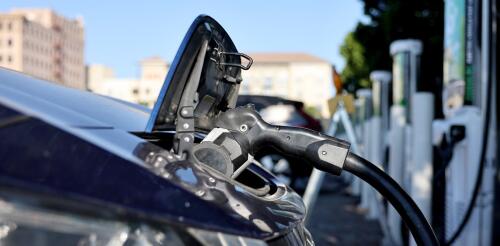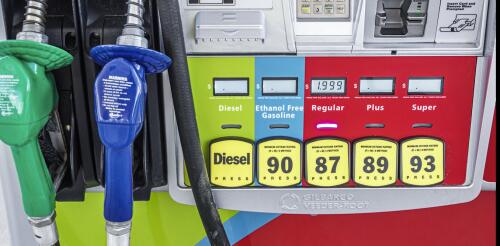Transportation
The Biden administration is using tax credits, regulations and federal investments to shift drivers toward electric vehicles. But drivers will make the switch only if they are confident they can find reliable charging when and where they need it. Over the past four years, the number of public charging ports across the U.S. has doubled. As of August 2024, the nation had 192,000 publicly available charging ports and was adding about 1,000 public chargers weekly. Infrastructure rarely expands at such a fast rate. Agencies are allocating billions of dollars authorized through the 2021 Bipartisan Infrastructure Law for building charging infrastructure. This expansion is making long-distance EV travel more practical. It also makes EV ownership more feasible for people who can’t charge at home, such as some apartment dwellers. Charging technology is also improving. Speeds are now reaching up to 350 kilowatts – fast enough to charge a standard electric car in less than 1...
Curious Kids is a series for children of all ages. If you have a question you’d like an expert to answer, send it to curiouskidsus@theconversation.com. Why do we use gasoline for small vehicles and diesel fuel for big vehicles? – Methdini, age 15, Sri Lanka Gasoline fuels most light-duty vehicles, such as passenger cars and pickup trucks. Heavy-duty vehicles, like buses, delivery trucks and long-haul tractor-trailers, typically run on diesel. Both fuel types are needed because gasoline and diesel engines have different strengths. As my automotive engineering students learn, this makes them suitable for different uses. Let’s start with what they have in common. Gas and diesel engines both work through a process called internal combustion. First, they mix fuel with air because the fuel needs oxygen from the air to burn. Next, they compress the fuel-air mixture, which ma...

